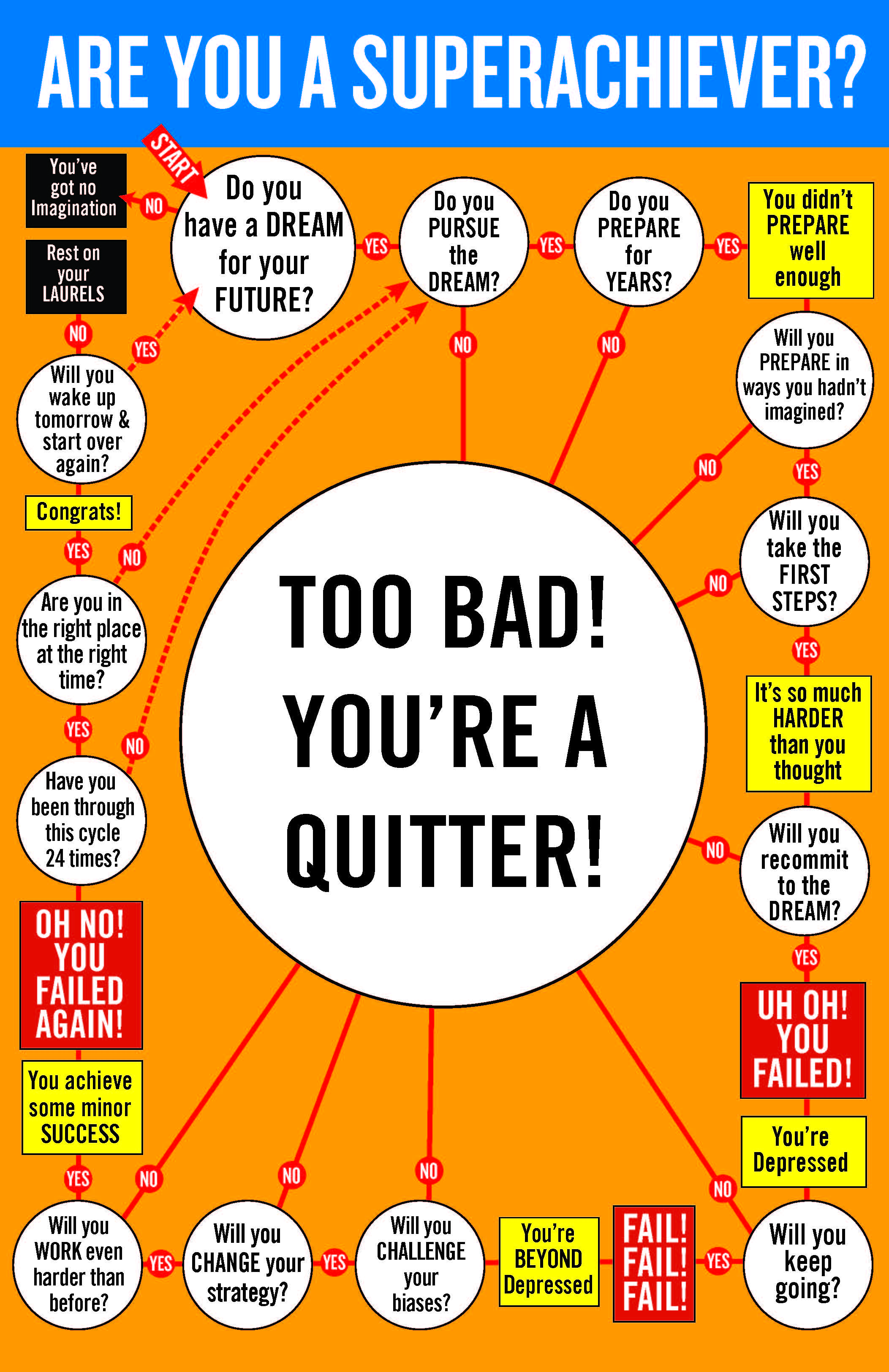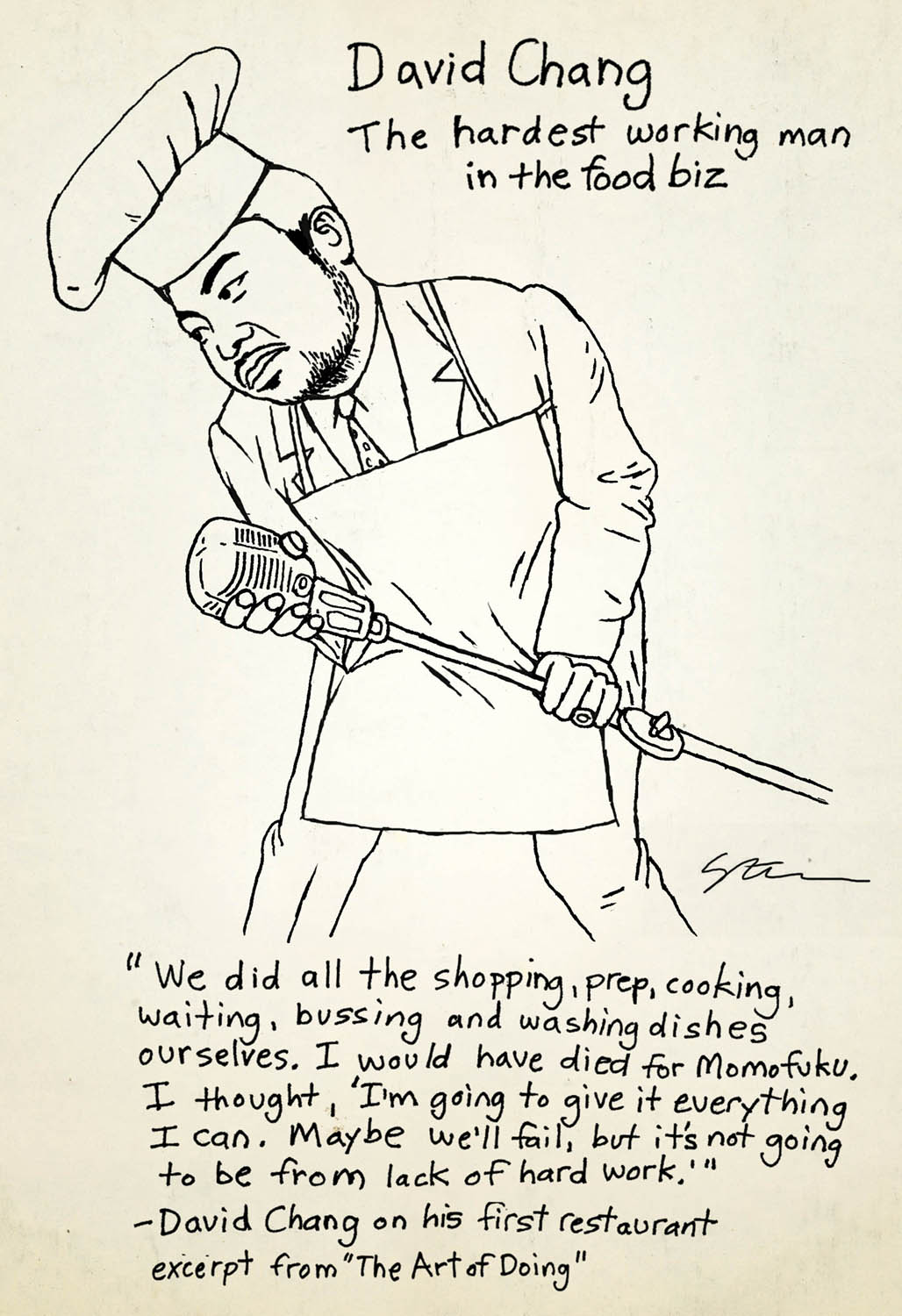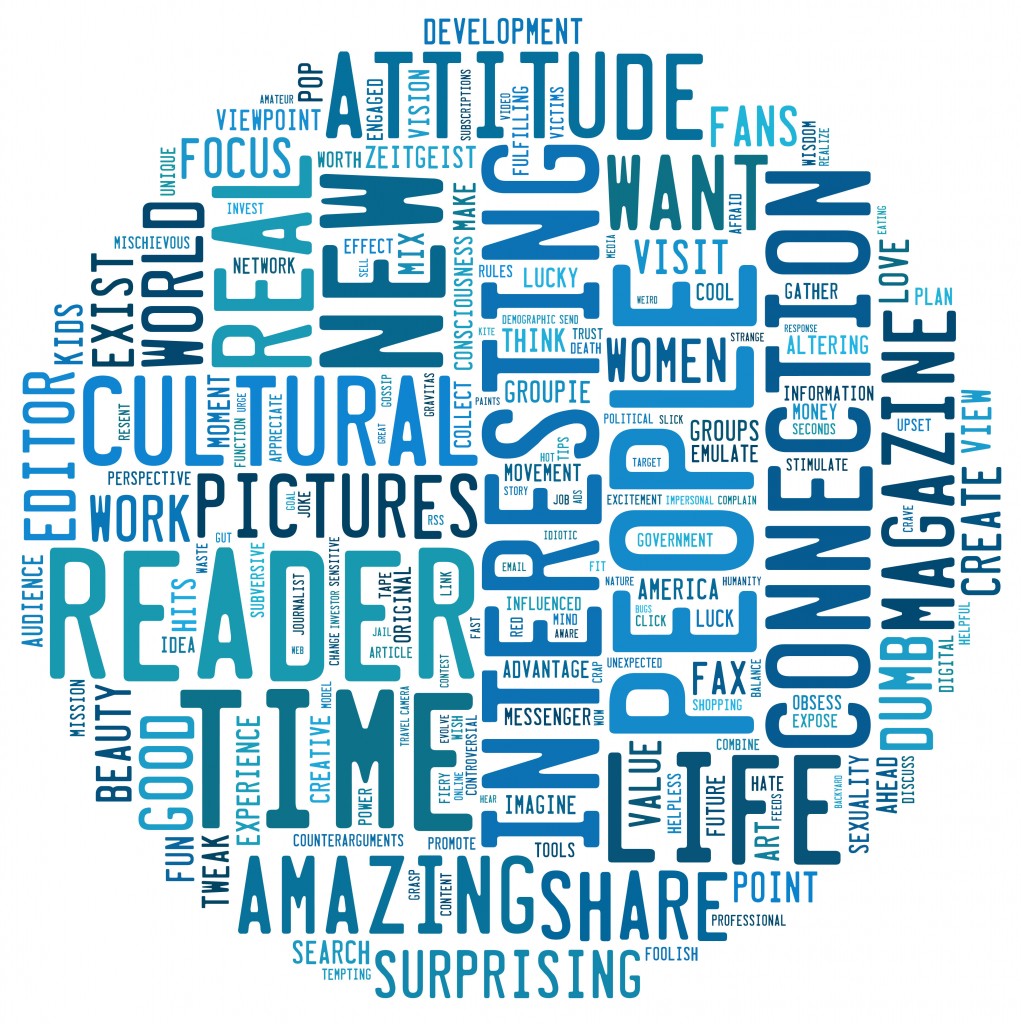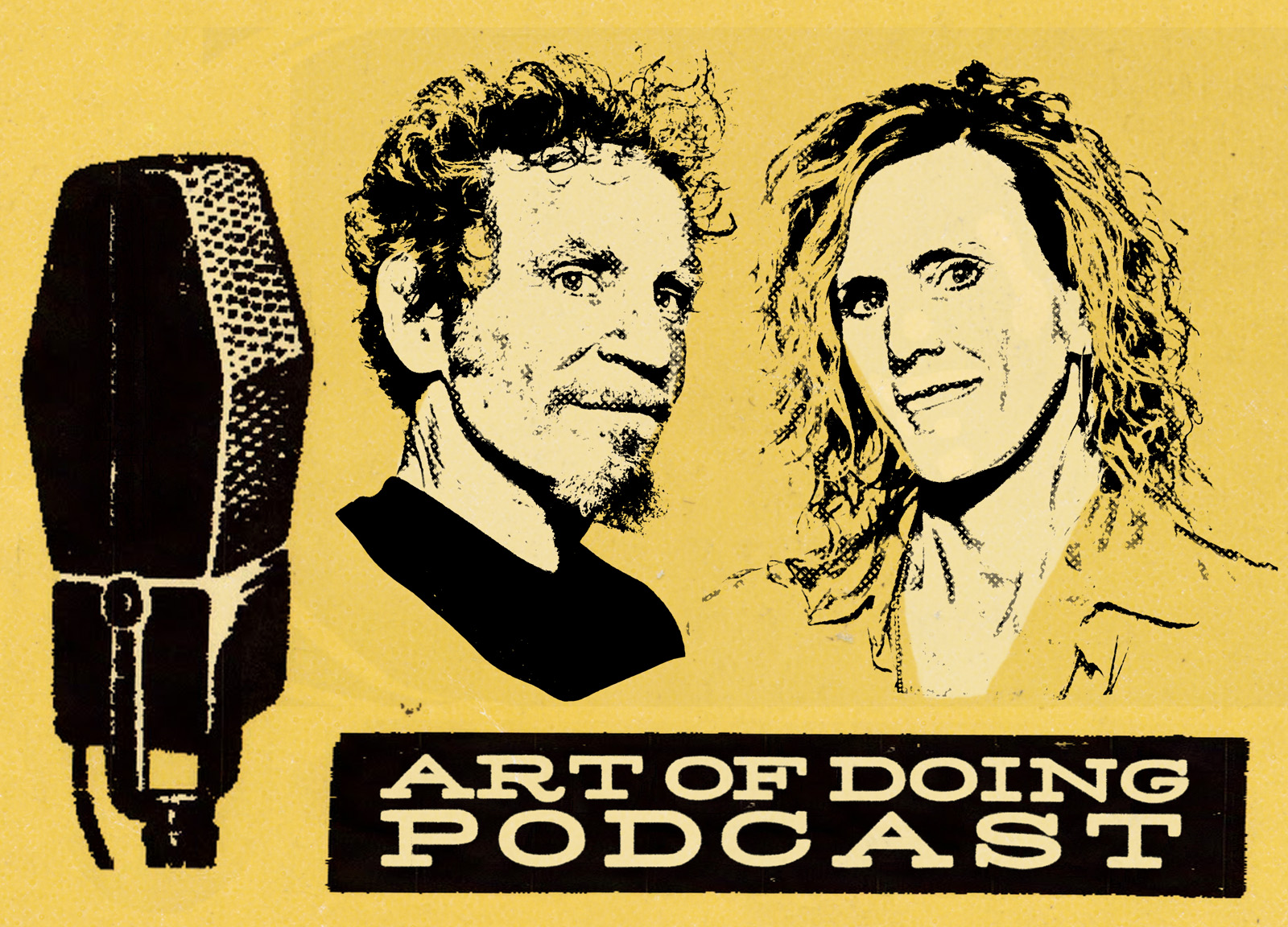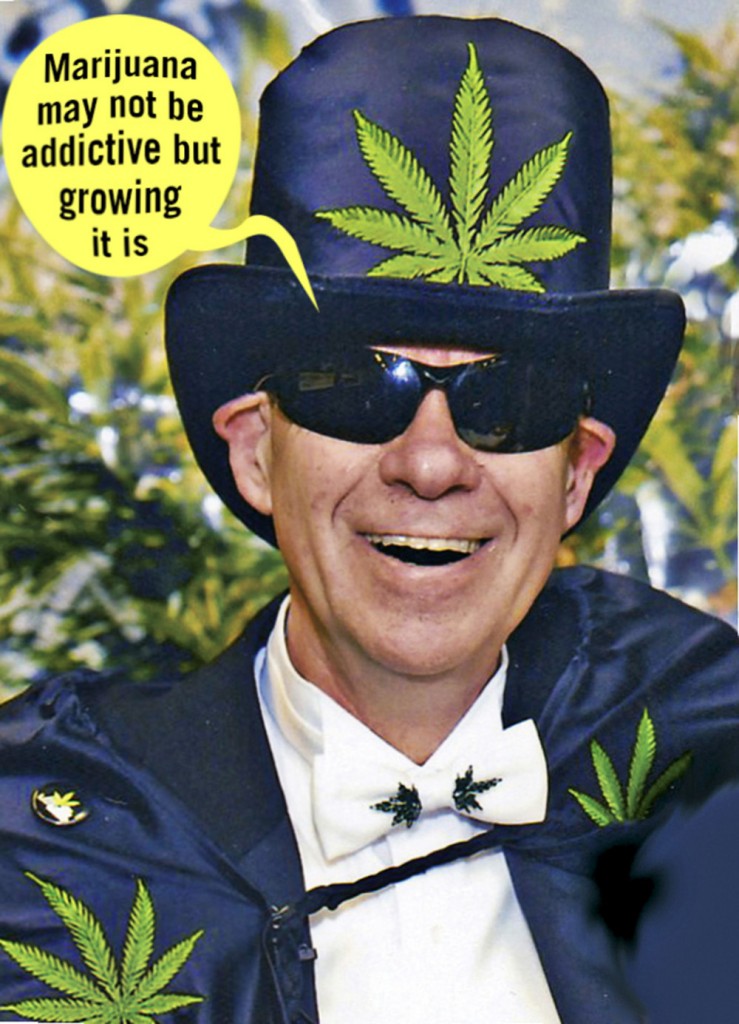Artist Amy Crehore’s artistic interpretation of Teen Solo Circumnavigator Jessica Watson
 The Art of Doing Artist’s Interpretation Project is a collaboration between us and artists we’ve asked to depict superachievers from our book, “The Art of Doing.”
The Art of Doing Artist’s Interpretation Project is a collaboration between us and artists we’ve asked to depict superachievers from our book, “The Art of Doing.”
Because of her affinity for nature and her ability to evoke the dreamlike quality of life, we asked artist Amy Crehore to capture a moment of the incredible journey of Jessica Watson. Watson, who we interviewed for our book in the chapter, “How to Sail Around the World,” first dreamed of taking her epic journey when she was only 11 years old. It took her five years, many skills to acquire and seemingly insurmountable obstacles to overcome before she set sail from Sydney Harbor on a 34-foot sailboat The Pink Lady. And once she was at sea, Watson had to endure loneliness, boredom, fear and mechanical failures. She was weeks away from help in storms that threw her boat upside down in waves that looked like “giant black mountains,” before she returned seven and a half months later, the youngest person ever to sail the world solo.
Watson told us that despite her struggles, the most important advice she got from the fellow circumnavigators she had turned to before she began her journey was to remember to take time to enjoy herself:
“I had read and reread books about solo sailing around the world but once I set off on my voyage, I began to understand their stories in a whole new way. The feeling of solitude, when all I could see in any direction was endless ocean and endless sky, made me feel connected to them, even to Joshua Slocum, who’d done the sail more than a century before me. On The Pink Lady there was only the moment. Looking out at the horizon, I felt alive and exhilarated.”
More posts on Jessica Watson here and here.
Buy the “The Art of Doing,” here
Follow “The Art of Doing” on Facebook here Twitter here
